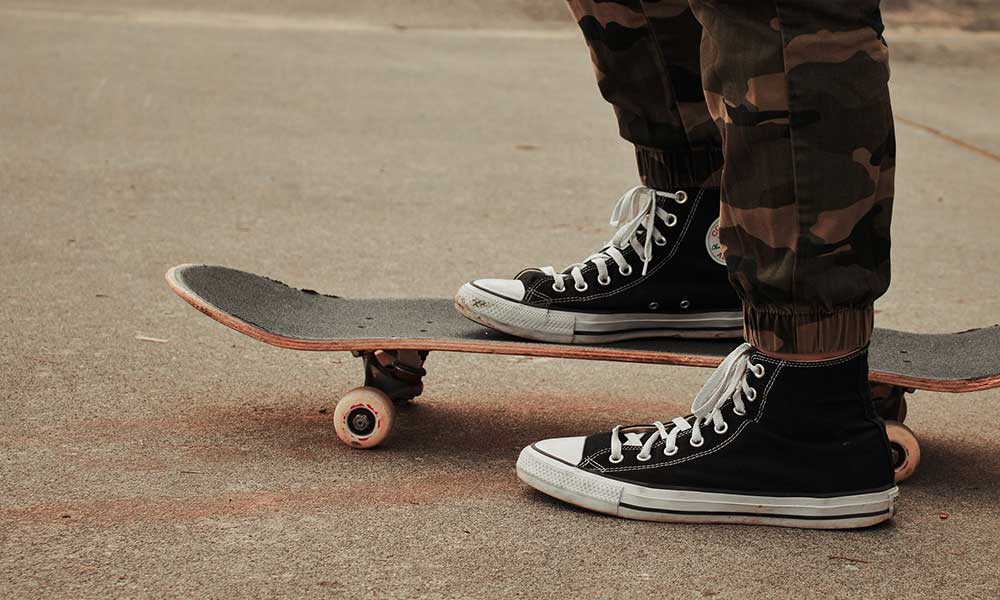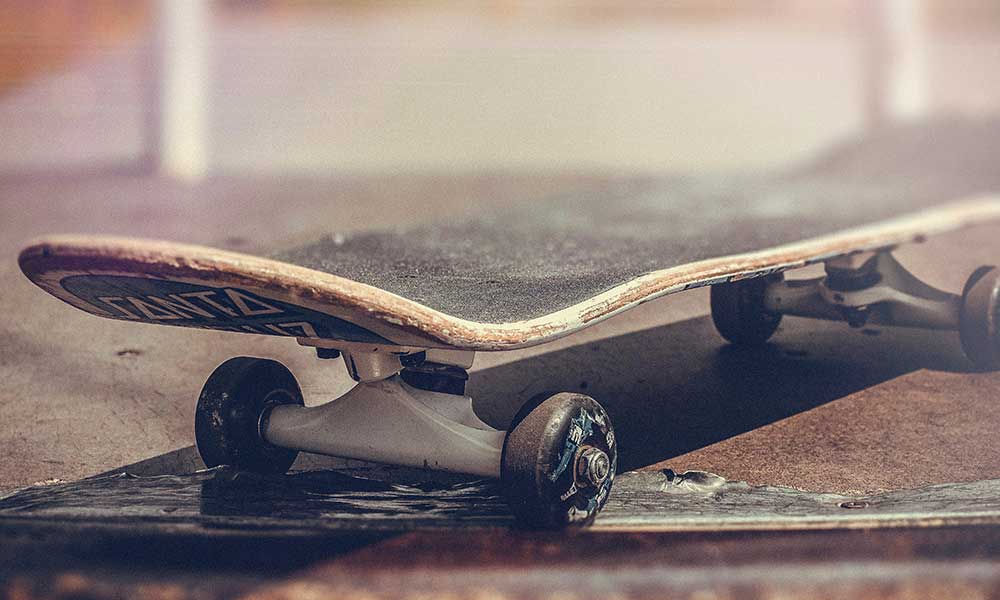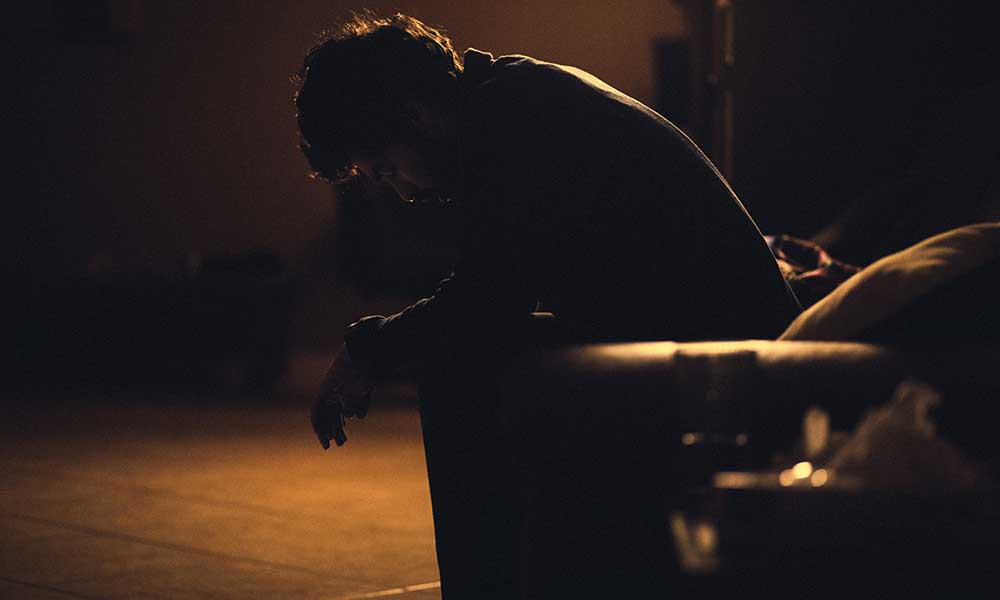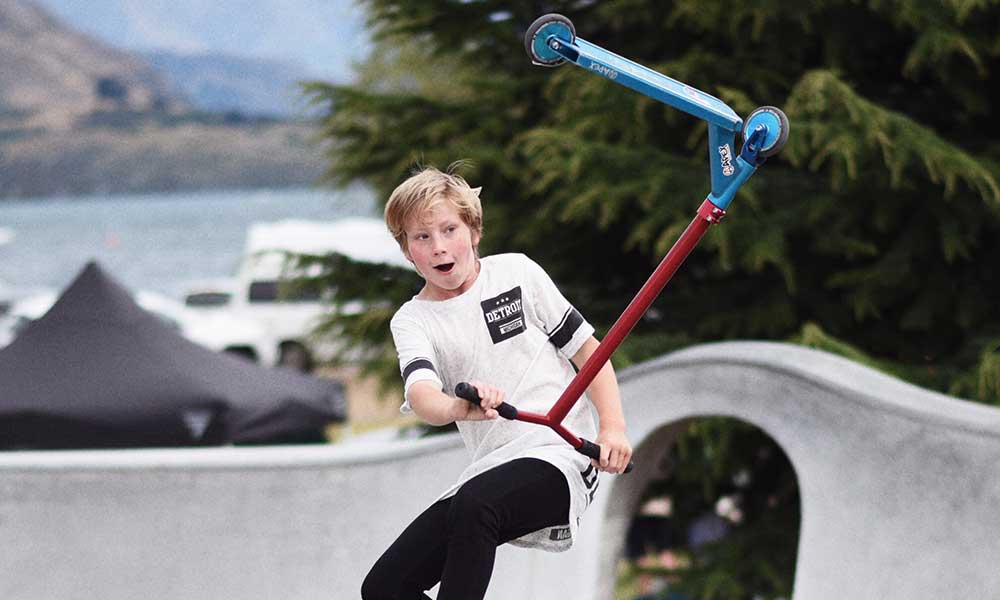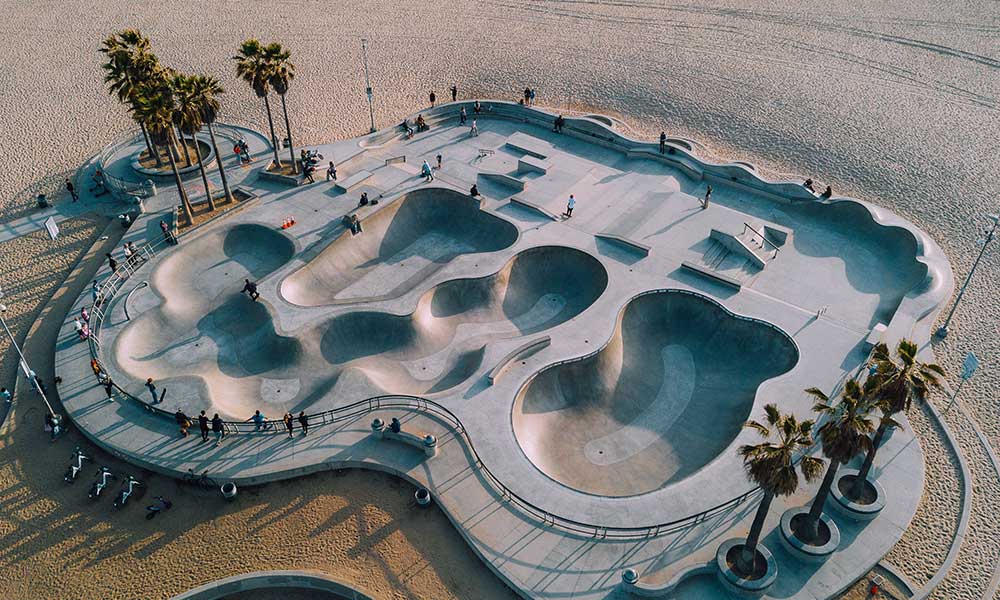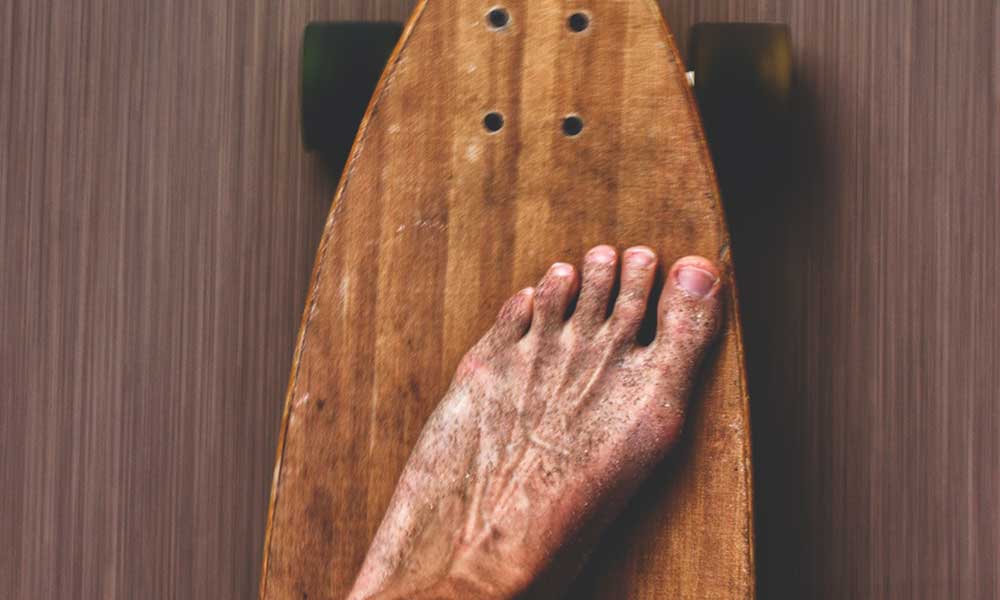The history of skateboarding is short but interesting, spanning several decades, including some incredibly innovative individuals, and covering some names that modern skaters might not (but definitely should) recognize.
The History of Skateboarding
If you speak with anyone who lived through the 1940s and 1950s, there’s a good chance they’ll tell you that they invented skateboarding.
The story usually goes something like this:
They might even be telling the truth, but they probably didn’t invent the sport.
The truth is, the practice of attaching roller skates to boards existed decades before the first skateboard was invented.
It’s a practice that existed all over the world and you’ll hear these origin stories everywhere from San Francisco to London and Sydney.
There’s a good chance that many of these “inventions” happened independently of one another, as a plank of wood with roller skate wheels isn’t really that ingenious, but it’s just as likely that many such incidents evolved from trends passed through generations.
After all, roller skates have been around for hundreds of years, and we probably don’t need to tell you that kids and planks of wood have existed for just as long!
What Was the First Skateboard Ever Made?
Skateboarding as we know it today began to take shape in the 1950s, when it was known as “sidewalk surfing”.
It was seen as a sport for surfers, one that would give them something to do when the waves were flat.
Bill Richard, the owner of an LA surf shop, worked with the Chicago Roller Skate Company to craft the very first boards.
These “wheeled surfboards” took off during the 1950s and by the 1960s, sidewalk surfing had spread into other states.
More skateboards were created and by the mid-60s, there were several skateboard companies, events, and even an official skateboarding magazine.
It’s also the decade in which Larry Stevenson founded MAKAHA, a brand that was instrumental in modern skateboard design.
Not only did Larry Stevenson produce some of the best early skateboards, but he also made the first board with a kicktail.
MAKAHA generated over $10 million in sales between 1963 and 1965, at which point skateboarding was working its way into the public consciousness.
Skateboarding competitions were rare and often consisted of just freestyle and slalom events, but it received a little TV coverage and by the end of the decade it was a fully developed sport.
Who is the Father of Skateboarding?
Rodney Mullen is often credited as the father of skateboarding.
Mullen was instrumental in the early years of the sport and it’s hard to talk about skateboarding history without mentioning his name.
Rodney Mullen was born in 1966 and turned pro in 1980.
He won his first professional skateboarding competition when he was just 14 years old and is also responsible for creating many of the sport’s tricks, including the kick flip and heel flip.
Who Invented the Ollie?
The Ollie was invented by Alan “Ollie” Gelfand in the mid-70s.
The skateboarder wanted to figure out a way to get some air without grabbing the skateboard.
He experimented, and eventually, he created something that resembled the trick we all know and love.
However, it was actually Rodney Mullen who perfected it and showcased it to a wider audience.
Mullen, who created many other popular tricks, was instrumental in bringing the Ollie to the masses.
Summary: From Larry Stevenson to Tony Hawk
From a humble surf shop and experimental street skaters to trick inventors and skillful pioneers, skateboarding history is fascinating, and in many ways, it’s still being written!
It’s hard to imagine that someone like Rodney Mullen, who is just 52 years old at the time of writing, could have been there at the very beginning and still be strong, fit, and healthy enough to hit the halfpipe every now and then.
It shows you just how young this sport is!

